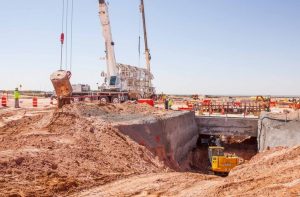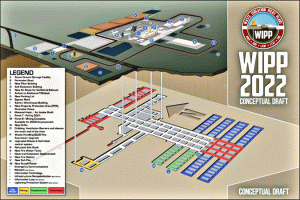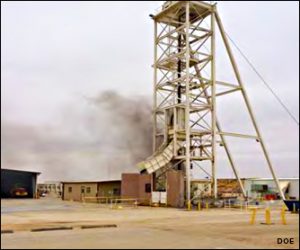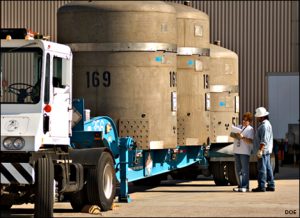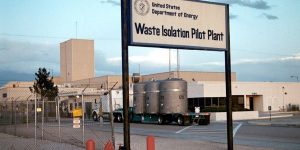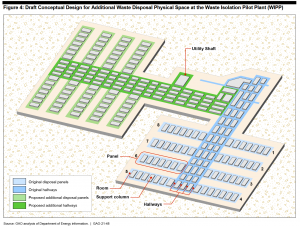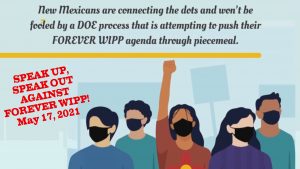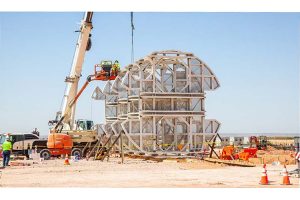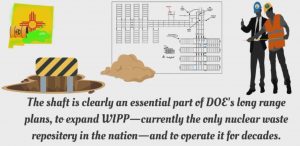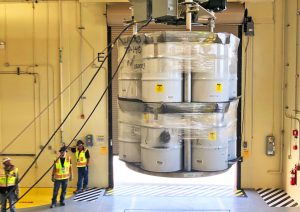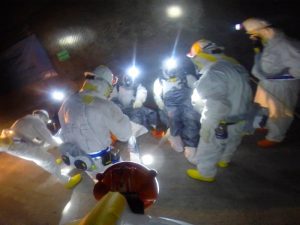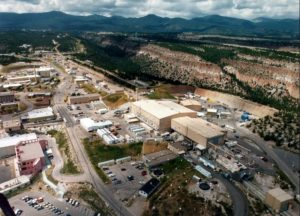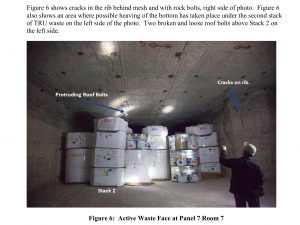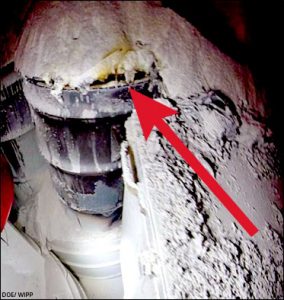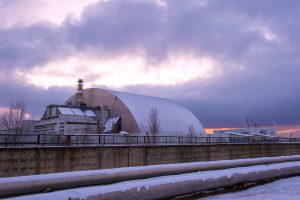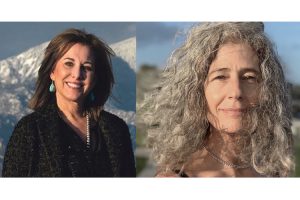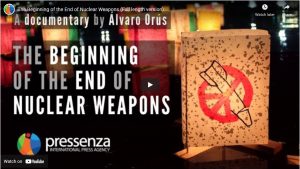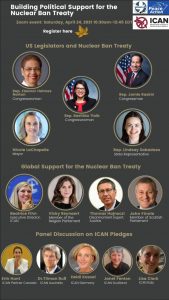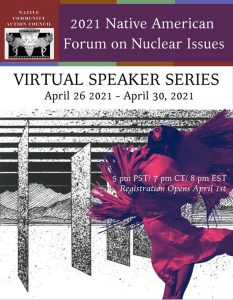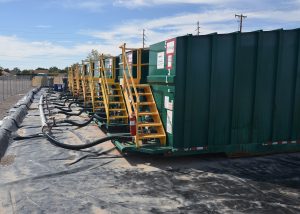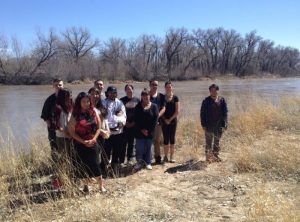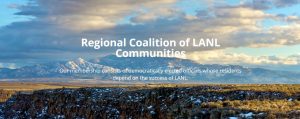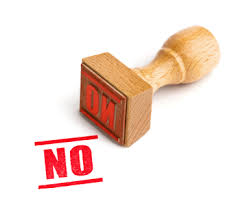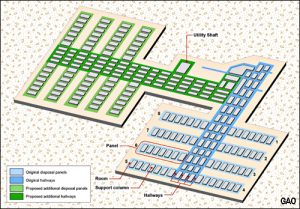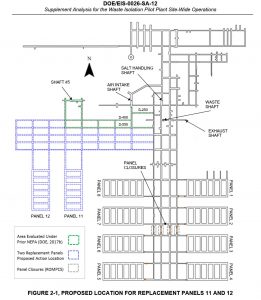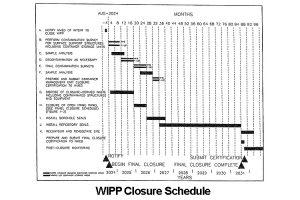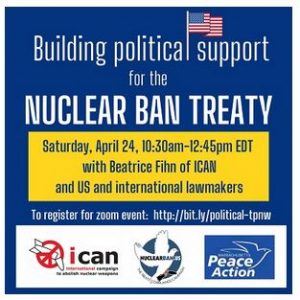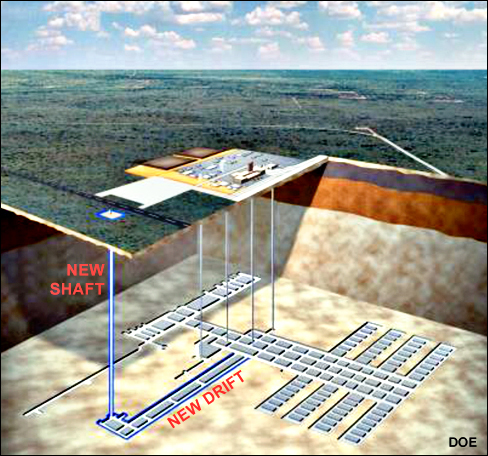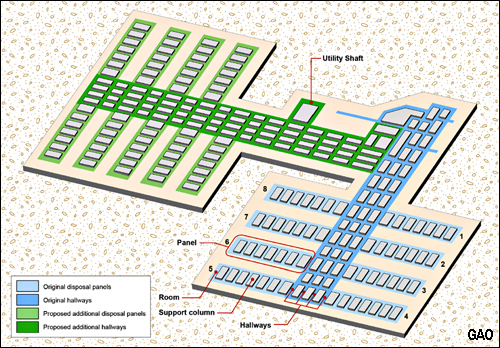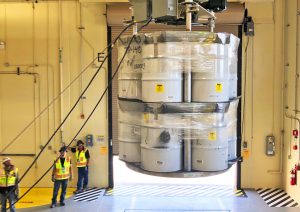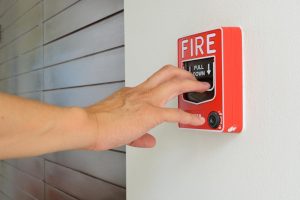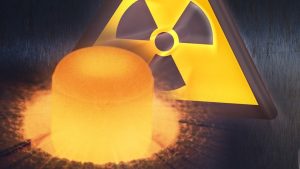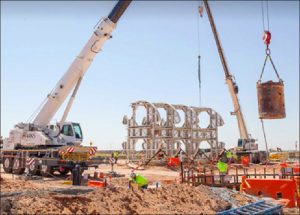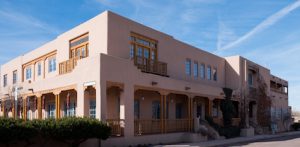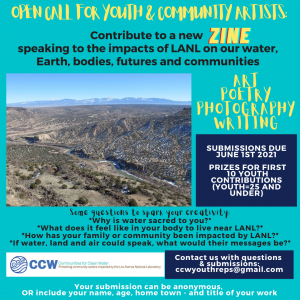![]() Monday, May 17th, begins a five-day virtual public hearing by the Hazardous Waste Bureau about the proposed new shaft and doubling of the size of the Waste Isolation Pilot Plant (WIPP), a dump for plutonium-contaminated waste from the manufacture of nuclear weapons.
Monday, May 17th, begins a five-day virtual public hearing by the Hazardous Waste Bureau about the proposed new shaft and doubling of the size of the Waste Isolation Pilot Plant (WIPP), a dump for plutonium-contaminated waste from the manufacture of nuclear weapons. 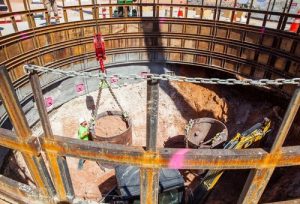 You are invited to provide your written comments between now and the end of the hearing to the Hearing Clerk. You can make oral comments on Zoom during the hearing. https://www.env.nm.gov/hazardous-waste/wipp/ , scroll down to March 10, 2021 entry.The hearing is scheduled to begin each day at noon and end at 9 pm, with a two-hour break between 4 and 6 pm. On Monday, May 17th, oral public comments will be heard between 6 and 7 pm. On subsequent days, public comment will be heard between noon and 1 pm and between 6 and 7 pm.
You are invited to provide your written comments between now and the end of the hearing to the Hearing Clerk. You can make oral comments on Zoom during the hearing. https://www.env.nm.gov/hazardous-waste/wipp/ , scroll down to March 10, 2021 entry.The hearing is scheduled to begin each day at noon and end at 9 pm, with a two-hour break between 4 and 6 pm. On Monday, May 17th, oral public comments will be heard between 6 and 7 pm. On subsequent days, public comment will be heard between noon and 1 pm and between 6 and 7 pm.
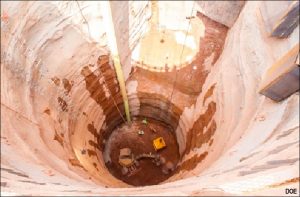 Each person can make oral comments only once during the five-day hearing and they are limited to five minutes. You can sign-up to give comments using the chat function on Zoom. You will be called on to speak in the order in which people signed up. If too many people sign up for the one-hour session, they will be called first in the next public comment session. https://www.env.nm.gov/hazardous-waste/wipp/ , scroll down to March 10, 2021 entry and the May 11, 2021 Pre-Hearing Order.
Each person can make oral comments only once during the five-day hearing and they are limited to five minutes. You can sign-up to give comments using the chat function on Zoom. You will be called on to speak in the order in which people signed up. If too many people sign up for the one-hour session, they will be called first in the next public comment session. https://www.env.nm.gov/hazardous-waste/wipp/ , scroll down to March 10, 2021 entry and the May 11, 2021 Pre-Hearing Order.
This information is found on p. 3 of the NMED Public Notice at: https://www.env.nm.gov/hazardous-waste/wipp/ , scroll down to March 10, 2021 entry and March 18, 2021 Hearing Public Notice .
The Zoom hearing may be joined through the following meeting link:
https://zoom.us/j/91728945523?pwd=YitrSUtFYnZkcE5hVGFrb2Z1UDlUdz09
Meeting ID: 917 2894 5523
Passcode:050223
To join by telephone:
For higher quality, dial a number based on your current location.
Dial: US: 1-669-900-6833 or 1-253-215-8782 or 1-346-248-7799 or 1-929-436-2866 or 1-301-715-8592 or 1-312-626-6799
Meeting ID: 917 2894 5523
Passcode: 050223
There is no restriction on the number of written comments you can submit to the Hearing Clerk at Madai.Corral@state.nm.us.
WIPP is the only operating deep geologic repository for radioactive and hazardous waste created by the U.S. nuclear weapons industry in the world. It is located 26 miles east of Carlsbad, New Mexico and scheduled to close in 2024. But the Department of Energy (DOE) has other plans. https://wipp.energy.gov/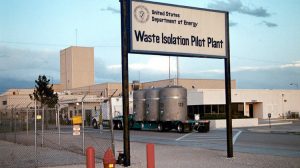
Where can you find more information about the DOE’s expansion plans, key issues, and how to participate in the public hearing? The Stop Forever WIPP Coalition has prepared five newsletters. Newsletters four and five are available in both English and Spanish.
The Coalition has prepared three sample public comments in English and Spanish you can use. The topics cover public participation, land use, other economic considerations, and DOE’s broken promises and misrepresentations. You can use the information to create your own comment letter.
All of this information and more is available at the Stop Forever WIPP website, https://stopforeverwipp.org/ , and Facebook page at https://www.facebook.com/StopfvrWIPP/ , along with sample public comments you can use in both English and Spanish. They are also posted on this website in the right column next to this article under the STOP WIPP logo .
Please share this Update with your friends, family and colleagues. It’s time to raise your voice!
Did You Know? We are Podcasting!
1. Every Friday from noon to 1 pm – 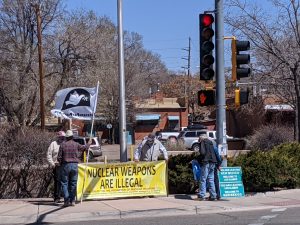 Protest LANL signing a 10-year lease (for the former Descartes building) to establish itself “permanently” in Santa Fe at the corner of Guadalupe and W. Alameda. JOIN Veterans for Peace, CCNS, Nuclear Watch NM, and others. We’ll have banners. Please bring a sign.
Protest LANL signing a 10-year lease (for the former Descartes building) to establish itself “permanently” in Santa Fe at the corner of Guadalupe and W. Alameda. JOIN Veterans for Peace, CCNS, Nuclear Watch NM, and others. We’ll have banners. Please bring a sign.
2. Mon. May 17th – Fri. May 21 –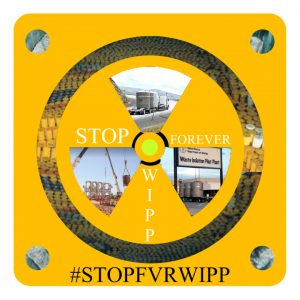 Virtual Public Hearing about Proposed Shaft for the Waste Isolation Pilot Plant (WIPP). For more information in English and Spanish:
Virtual Public Hearing about Proposed Shaft for the Waste Isolation Pilot Plant (WIPP). For more information in English and Spanish:
* NM Environment Department at https://www.env.nm.gov/hazardous-waste/wipp/ (scroll down to March 10, 2021 entry),
* Stop Forever WIPP Coalition at https://stopforeverwipp.org/ , https://www.facebook.com/StopfvrWIPP/ ; and
* CCNS at http://nuclearactive.org/
CALL TO ACTION!
SUBMIT YOUR ORAL, WRITTEN and VISUAL PUBLIC COMMENTS ABOUT THE PROPOSED NEW SHAFT AND DRIFTS AT WIPP!
Please see the five-part Stop Forever WIPP Coalition newsletters about the proposed shaft, the public hearing, how you can participate, and sample comment letters you can use. Newsletter No. 4 available in Spanish!
https://www.facebook.com/StopfvrWIPP/ ; and http://nuclearactive.org/
Create your own short video about your concerns for putting more plutonium on the roads resulting in increased exposures to radiation to their neighborhood and communities. Sample videos are available at the Stop Forever WIPP Facebook page, https://www.facebook.com/StopfvrWIPP/ and YouTube, https://www.youtube.com/channel/UClofjc-x5YwtXHqg5hUh0AA also; on YouTube you will find animations, “Broken Promises, Parts 1, 2, 3, 4,” as well as recent radio interviews on KUNM, and KSFR, KNIZ.
Four short sample videos are available here: “New Mexico is Not the Nation’s Nuclear Toilet;” https://www.youtube.com/channel/UClofjc-x5YwtXHqg5hUh0AA ; “This is My Neighborhood,” https://www.youtube.com/channel/UClofjc-x5YwtXHqg5hUh0AA ; “These are Our Neighborhoods,” https://youtu.be/Iwm6o-XP58s ; and “Why I’m Concerned for OUR Neighborhoods,” https://youtu.be/KeotZ_dutqA.
3. May 20th to May 30th – Online for free – 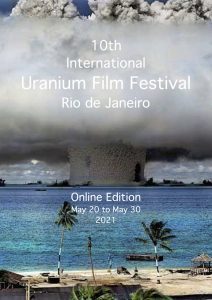 10th International Uranium Film Festival Rio de Janeiro. “The 10th International Uranium Film Festival Rio de Janeiro remembers the still unsolved nuclear accident in Fukushima 10 years ago and the UN treaty on the prohibition of nuclear weapons, which has been in force since January of this year. Due to the ongoing Covid-19 restrictions, it will be the festival’s first online edition with support by the Cinematheque (link is external) of Rio de Janeiro’s prestigious Modern Art Museum (MAM Rio) (link is external).” For more information: https://uraniumfilmfestival.org/en/rio-2021
10th International Uranium Film Festival Rio de Janeiro. “The 10th International Uranium Film Festival Rio de Janeiro remembers the still unsolved nuclear accident in Fukushima 10 years ago and the UN treaty on the prohibition of nuclear weapons, which has been in force since January of this year. Due to the ongoing Covid-19 restrictions, it will be the festival’s first online edition with support by the Cinematheque (link is external) of Rio de Janeiro’s prestigious Modern Art Museum (MAM Rio) (link is external).” For more information: https://uraniumfilmfestival.org/en/rio-2021

